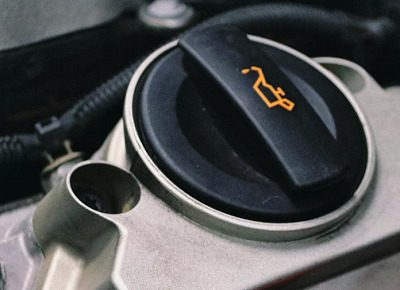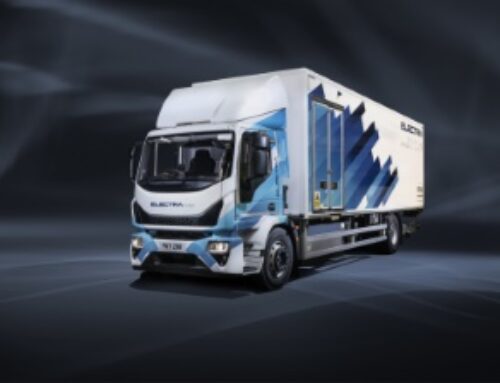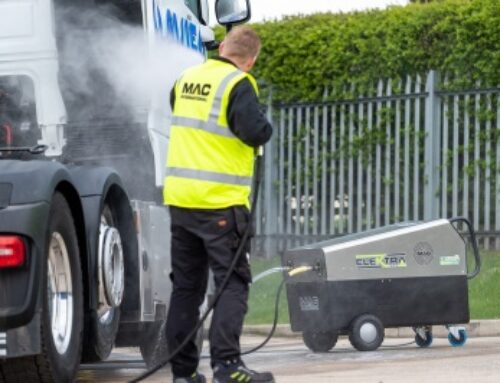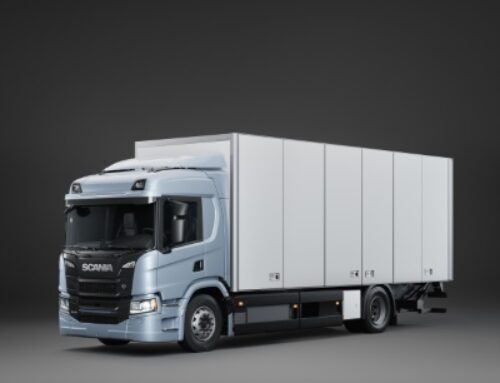Drilling down on new oil standards
 Mike Bewsey, chairman of the Verification of Lubricant Specifications (VLS), comments on the recently released 2022 ACEA Heavy-Duty Engine Oil sequences
Mike Bewsey, chairman of the Verification of Lubricant Specifications (VLS), comments on the recently released 2022 ACEA Heavy-Duty Engine Oil sequences
In May 2022, the European Automobile Manufacturers Association (ACEA) published the 2022 ACEA Oil Sequences for Heavy-Duty Engines. The new sequences address engine developments that are driven by a combination of regulatory and performance needs, complemented by necessary test maintenance requirements.
The last Heavy-Duty sequences, which set engine oil performance standards for the needs of the European market, including emissions regulations, were published in 2016. An update was expected several years ago, but publication was delayed due to difficulty in finding appropriate tests and replacing tests on engines at the end of their life.
In the 2022 sequences, two entirely new categories, ACEA E8 and ACEA E11, have been introduced to replace the now obsolete ACEA E6 and ACEA E9 categories.
The ACEA E8 category is for highly-rated diesel engines that meet Euro VI and earlier emissions requirements and are operating under very severe conditions, such as significantly extended oil drain intervals.
It is suitable for Exhaust Gas Recirculation (EGR) engines, with or without particulate filters, and for engines fitted with NOx Selective Catalyst Reduction (SCR) systems. The new ACEA E8 category is strongly recommended for engines fitted with particulate filters and is designed for use in combination with low-sulphur diesel fuel.
ACEA E11 is recommended for highly rated diesel engines meeting Euro VI, and earlier emissions requirements, running under less severe conditions than the ACEA E8 category.
Like ACEA E8, it is suitable for engines with or without particulate filters, for most EGR engines and for most engines fitted with NOx SCR systems. ACEA E11 is strongly recommended for engines fitted with particulate filters and is designed for use in combination with low-sulphur diesel fuel.
The Volvo T-13 engine test has been adopted into both these new categories, ACEA E8 and ACEA E11, to achieve a significant boost in oxidation control. The Caterpillar Oil Aeration Test has also been included to test the lubricant’s performance in aeration control.
The ACEA E4 and ACEA E7 categories have been updated with new piston deposit tests, replacing the CEC L-101-09 test. Both categories are intended for older engines complying with Euro V or earlier emissions standards. These engines may be equipped with SCR or EGR but not particulate filters.
ACEA E4 is most suitable for very severe operating conditions with significantly extended oil drain intervals, whereas ACEA E7 is suitable for less severe operating conditions.
The OM501LA test was the main piston cleanliness test in the ACEA Heavy-Duty sequences, but with the engine now out of production, it needed to be replaced. The replacement OM471 was selected as a replacement and is a proprietary test developed by Daimler based on their PM471 hardware.
This hardware better represents current engine technology, including features such as steel pistons, common-rail injection system, asymmetric exhaust gas turbocharger, and Euro VI-compliant emission control based on SCR technology, EGR and particulate filters. The test is also now twice as long as the preceding OM501LA (CEC L-101-08) test, at 600 hours.
The ACEA 2022 sequence update raises anti-oxidation performance and piston deposit control with pass levels for the new OM 471 test in ACEA E4 and ACEA E8 more severely set than those it replaced.
 In the ACEA E7 category, the OM 501 test has been replaced by the Cat 1N test for piston deposit control. This helps to align the ACEA E11 category with the American Petroleum Institute’s diesel specification API CK-4.
In the ACEA E7 category, the OM 501 test has been replaced by the Cat 1N test for piston deposit control. This helps to align the ACEA E11 category with the American Petroleum Institute’s diesel specification API CK-4.
The ACEA 2021 Light-Duty engine oil sequences introduced new tests to take account of the need for lower viscosity fluids, but viscosity has not been specifically addressed in the ACEA 2022 Heavy-Duty engine oil sequences.
There was a desire to introduce a new F-category based on lower viscosities, ACEA F8 and ACEA F11, with two new low soot wear tests being developed to become part of those categories. However, the test development has been unsuccessful.
ACEA is planning to continue work on the test development, and it may become part of the next revision, as heavy-duty vehicles look to follow light-duty vehicles by reducing viscosity to achieve increased fuel economy and meet more stringent emissions regulations.
Claims can already be made against the 2022 ACEA Oil Sequences for Heavy-Duty Engines as of 1 May 2022. The 2022 ACEA Oil Sequences for Heavy-Duty Engines will become mandatory for all new claims made from 1 May 2023 onwards.
At UK independent trade body, the Verification of Lubricant Specifications (VLS), we welcome the publication of the new ACEA 2022 Heavy-Duty sequences. They provide for a modernisation of the requirements for heavy-duty engines and corresponding engine oil specifications that bring them up to date in the market.
They recognise engine developments in this critical area and align the automotive requirements with the latest heavy-duty engine emission standards. Products conforming to the new specifications will provide performance benefits to operators of heavy-duty commercial vehicles.











